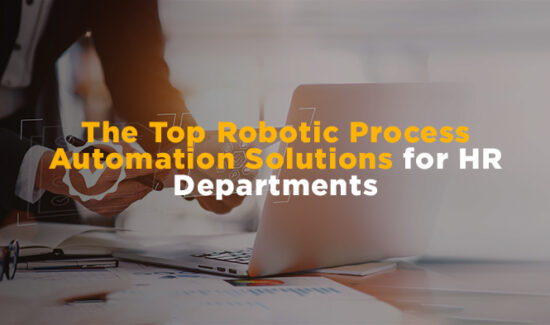How to Get the Most from Your BPM Investment


Typically, you’d think most of the costs associated with a Business Process Management (BPM) investment lie in the acquisition and implementation of BPM software, however, this isn’t the case.
According to the co-authors of “Maximizing Return on your BPM investment”, Bruce Silver of BPM training and certification provider, BPMessentials, and Katharina Clauberg of Signavio, a developer of Web-based collaborative BPM software, in most BPM projects the real cost is not the tools and technology, but time.
They point out that in any BPM project, hours are spent documenting the process, analyzing it for improvement, redesigning any “to-be” processes and generating business requirements for IT. Add this to the time spent on interviews and workshops, analysis, and communication to management. Even relatively simple BPM project can take up massive amounts of time.
Businesses that think they can save money by using paper-based flowcharts are sadly mistaken. We live in such a digitalized world today, and the idea of digital transformation has begun to revolutionize the way businesses are run.
According to Marilyn de Villers, writer and BPM expert, Business Process Model and Notation (BPMN) is the standard graphical language representation for specifying business processes in a process model. Furthermore, it’s widely regarded as a basic requirement for any BPM undertaking, however, if it is used incorrectly, it will not help to keep costs in check.
Even those who use the BPMN model correctly, if your process logic is not clear from the beginning, the amount of time and money required to complete the BPM project can still be large.
“For your BPM efforts to succeed, it is vital to retain the value of all that work in a form that communicates clearly to the whole project team. In fact, your goal should be modelling artefacts that can be referenced and reused by other project teams as well, both now and in the future,” the authors say.
Silver and Clauberg warn against buying a modeling tool and process automation suite, and then assuming it’ll all happen by “magic.” For a BPM solution to succeed, you need to the right tools and a well thought out plan, plus a prepared project team. It all starts with proper training.
Villers provides four ways to get the most out of your BPM investment below:
-
Training of the whole BPM team together, ensuring that all team members adopt the same approach, methods, and conventions. This is as valuable as having them all use the same tools.
-
Team members being well-training in BPMN, with every member of the team able to understand the meaning of BPMN diagrams.
-
The ability of all team members that need to create process models to do so in diagrams that are not only correct according to the spec but that communicate the process logic clearly.
-
Choosing the right tools. Both the BPMN modelling language and the BPM project methodology are tool-independent, but choosing the right BPM tool can make a huge difference in the effectiveness of BPM’s efforts. Here is what to look for in a BPM tool.
We encourage you to download the full whitepaper: Maximizing Return on your BPM investment.
Related Articles:
Looking for more? Download our Business Process Management Buyer’s Guide for free to compare the top-24 products available on the market with full page vendor profiles. The guide includes four key capabilities to look for in a BPM platform, plus questions to ask before purchasing. It’s truly the perfect resource for anyone looking to find the right BPM for their business/organization, or those looking to replace an existing one.
And don’t forget to follow us on Twitter, LinkedIn and Facebook for all the latest in Work Tech!
























